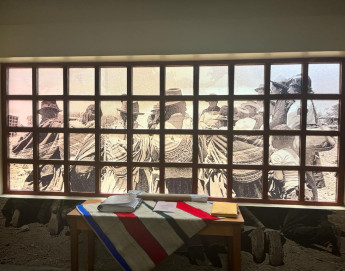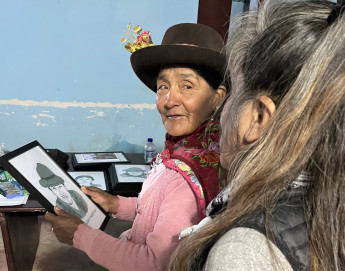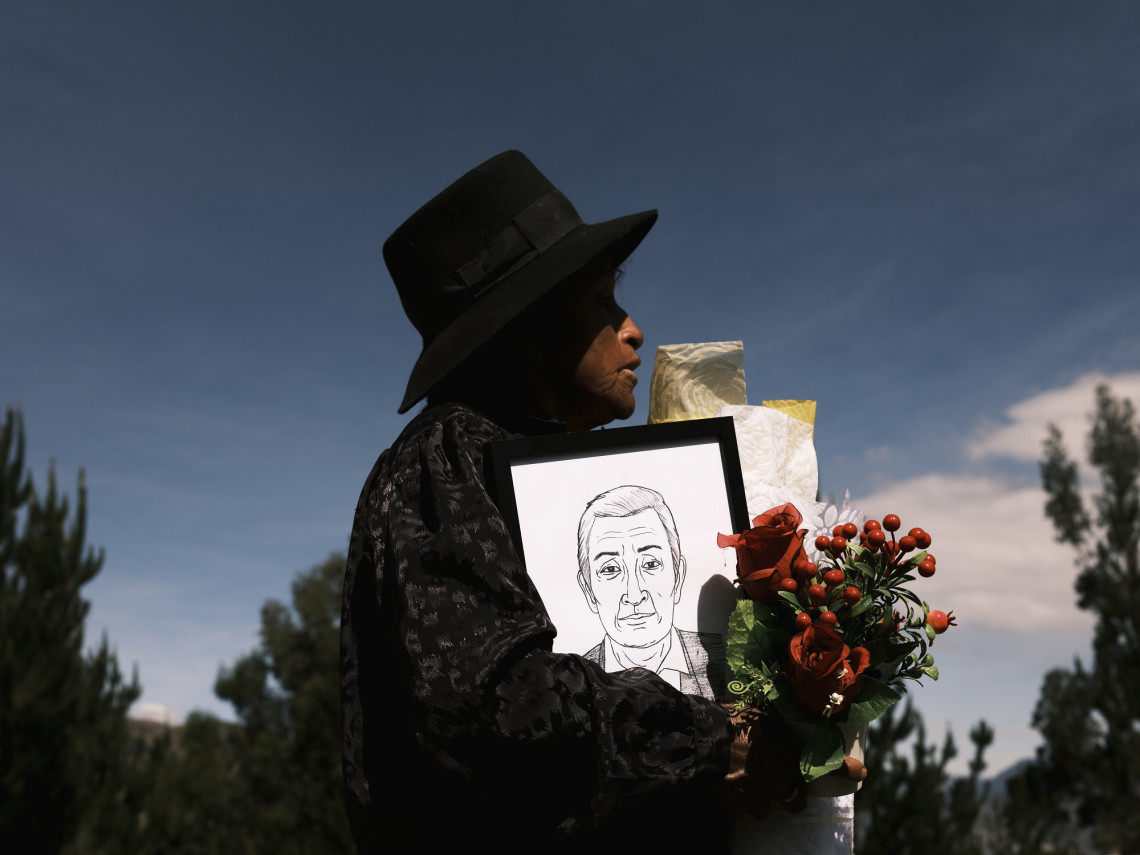
"Memory Portraits": the faces accompanying the families of the disappeared in Peru

When a person goes missing, their loved ones often carry a photograph with them to help them in their search for news or information. But this photograph also represents something bigger: it is a way of keeping that person close. However, for many Peruvian families affected by violence and disappearances, this is not possible. This is where the "Memory Portraits" project comes in. When families don't have photographs of their missing loved ones, portraits of them are drawn up, based on details and memories shared by their relatives.
"Memory Portraits" is the joint work of artist Jesús Cossio, photographer Alejandro Olazo and producer Illari Orccottoma. A project that is both artistic and social, with funding from the Ministry of Culture, it aims to recreate the faces of missing loved ones based on descriptions given by their families. This means that families can keep their loved ones close, even if they are not physically there.
Paula Aguilar Yucra lost her mother, her brother and her home in 1984 during the violence that affected the town of Usmay in Ayacucho, Peru. In September of this year, she was presented with a portrait of her brother at the offices of the International Committee of the Red Cross (ICRC) subdelegation in Ayacucho. She then also asked for her mother's portrait to be drawn from a small passport-sized photograph.
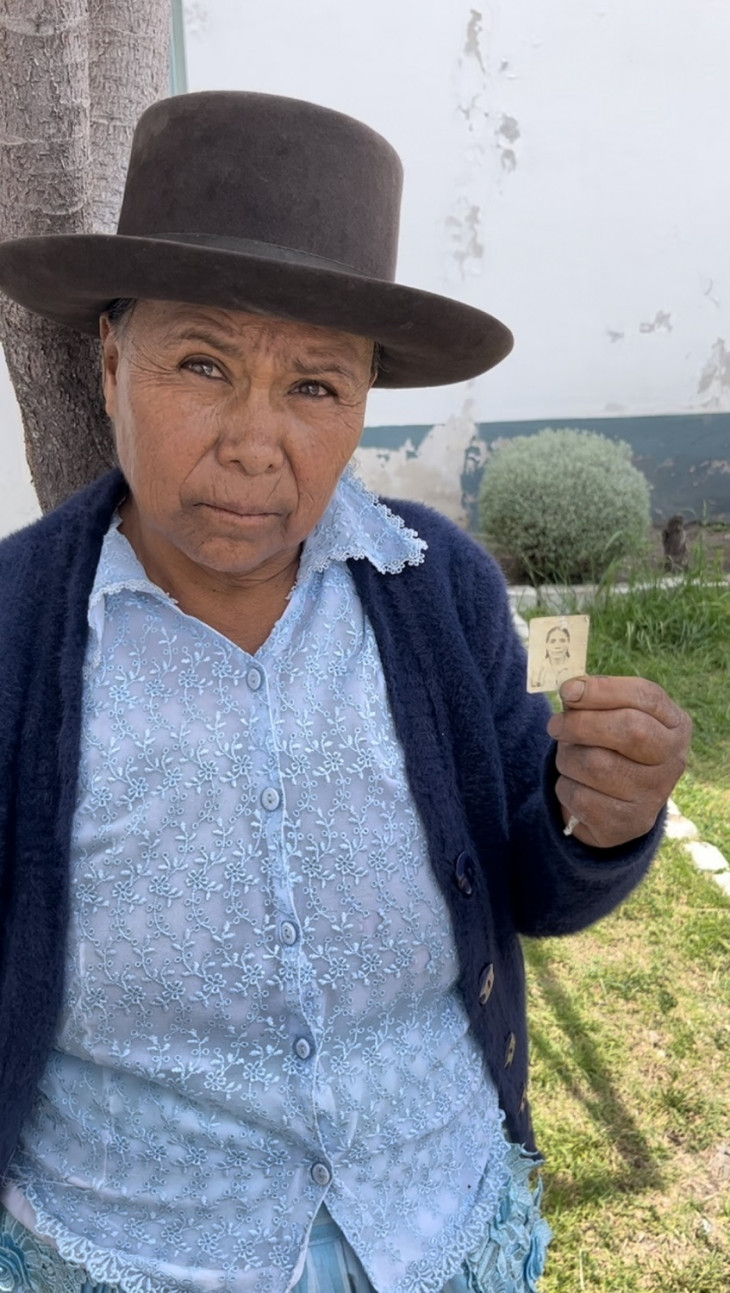
Paula Aguilar Yucra holds the photograph of her missing mother. Photo: Jose Carlos Thissen/ICRC
I'll be able to look at the photograph as if it really were my mother, just like the portrait they have now given me of my brother. It feels like I am reuniting with him and that makes me happy. I'm going to keep it in my house so I can see her; I'll arrange all her things around it as if it was actually her, then when I leave the house, I can say goodbye to her.
Between 1980 and 2000, 22,295 people were disappeared in Peru, according to figures from the National Registry of Missing Persons and Burial Sites. Thousands of relatives continue their tireless searches for the bodies of their loved ones, in hope of giving them a dignified burial or saying goodbye through other rituals.
The "Memory Portraits" team has worked closely with the Specialized Forensic Team of the Public Prosecutor's Office and the General Directorate for the Search for Disappeared Persons within the Ministry of Justice and Human Rights to support family members with the exhumation and restitution of bodies and conduct interviews, providing them with a space to talk about their loved ones.
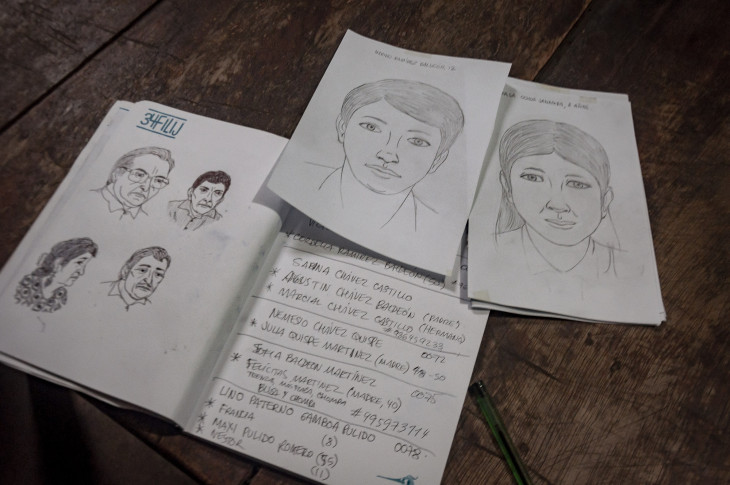
The sketches and notebook of artist Jesús Cossio, which form part of the portrait creation process. These sketches are from the first series of portraits: the Accomarca case. February 2017. Photo: Alejandro Olazo
In these interviews, family members describe their missing loved ones, sharing their life stories, anecdotes and reflections, both in Spanish and Quechua. To take the project forwards, the team have collaborated with both Bertha Foundation and the ICRC, which has also provided translations of interviews in Quechua.
With this support, more portraits can be created and given to families, helping to bring them some comfort in the absence of their loved ones. It also means that the images and voices of these missing people can be passed down to future generations.
The "Memory Portraits" photo exhibition opened on 9 November, in collaboration with the Place of Memory, Tolerance and Social Inclusion. The relatives of disappeared people in the Ayacucho region attended and were given portraits of their parents. The exhibition, which brings together photographs and drawings from the entire portrait process, will be on display at the museum until 29 February 2024.
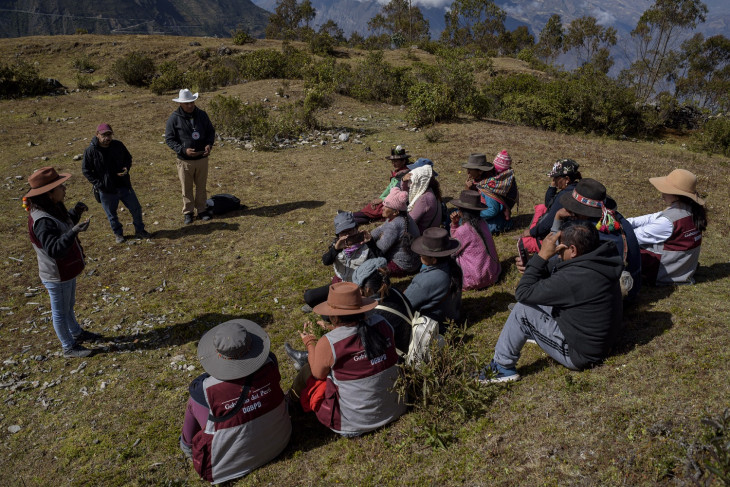
The "Memory Portraits" project is presented to members of the community of Oronccoy, alongside the ICRC and the General Directorate for the Search for Disappeared Persons. June 2022. Photo: Alejandro Olazo
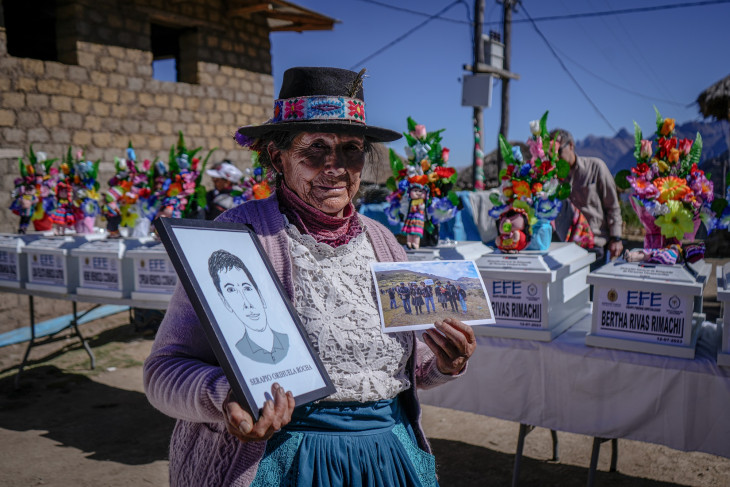
Lucia Rocha holds a portrait of her relative, Serapio Orihuela Rocha, during the handover of 31 bodies and 24 portraits of disappeared people in the district of Oronccoy, Ayacucho. July 2023. Photo: John Reyes/La República
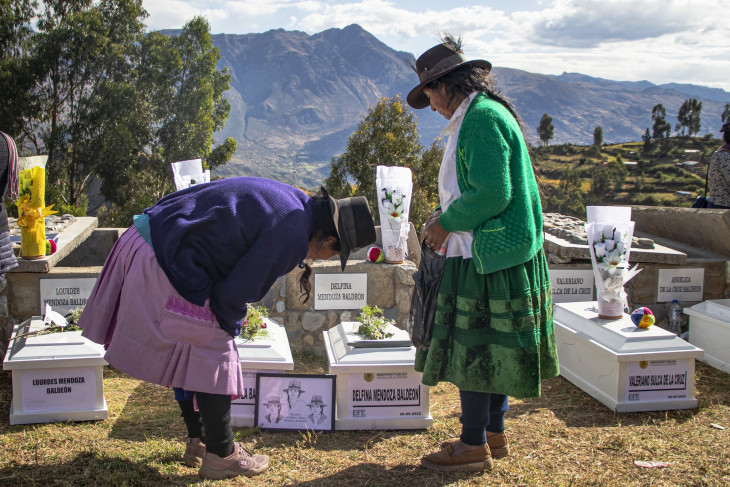
The relatives of Delfina, Lourdes and Delia Mendoza Baldeón look at portraits of their missing loved ones before giving them a dignified burial in the district of Accomarca, Ayacucho. May 2022. Photo: Jesús Moya Choy/ICRC
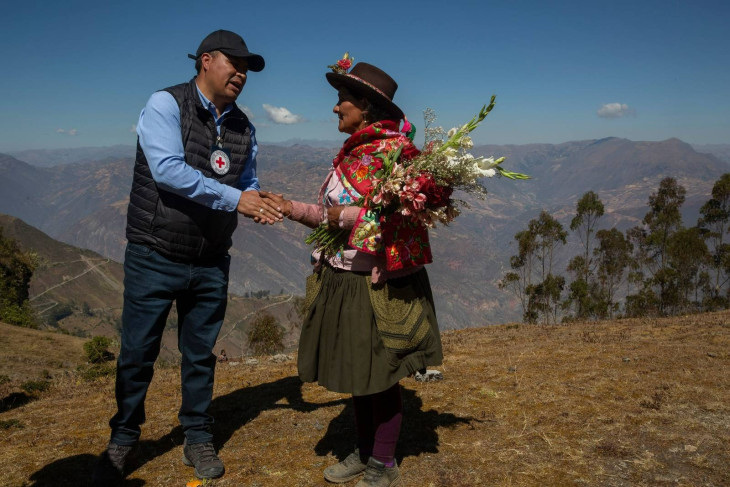
ICRC Protection Officer Ángel Porras speaks to a woman who lost seven close family members in 1984. The photo was taken in Oronccoy following the burial of their remains and delivery of their portraits. In an interview in Quechua, she expressed her gratitude for the portraits and talked about how it felt to have the faces of her loved ones back at home with her. July 2023. Photo: Max Cabello Orcasita
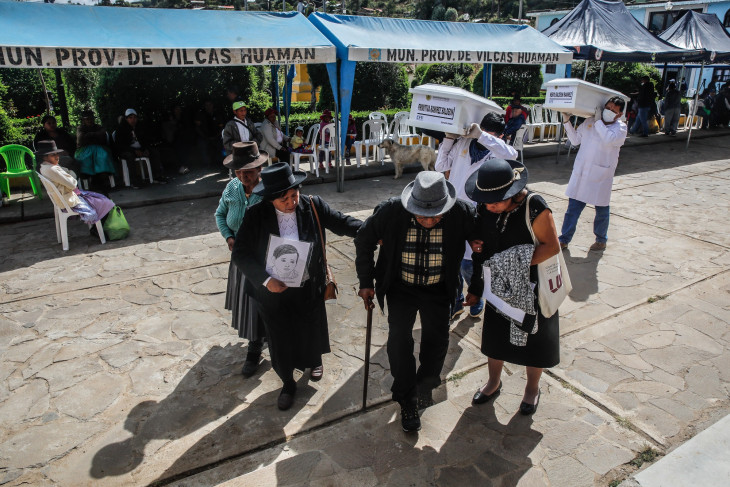
Bereaved relatives of the Baldeón Ramírez family go to the chapel in Accomarca to mourn their missing relatives, whose ossuaries are being carried by staff from Ayacucho's Specialized Forensic Team. May 2022. Photo: Sebastián Castañeda Vita/ICRC
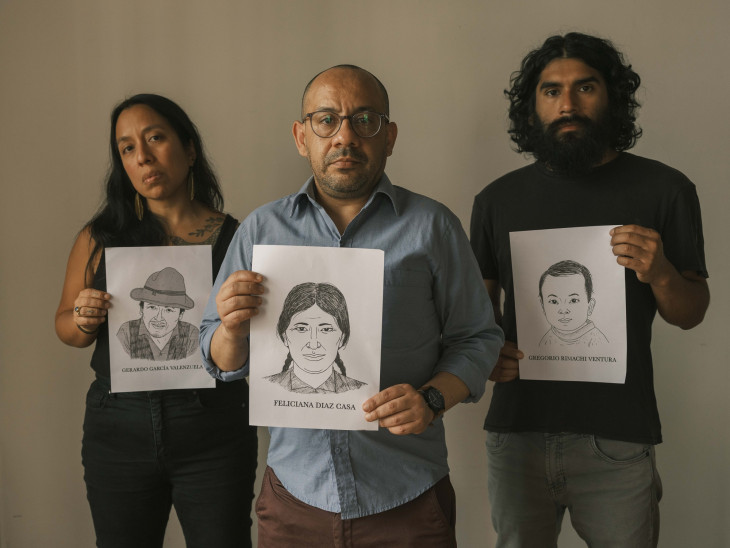
"Memory Portraits" team (from left to right): Illari Orccottoma Mendoza (producer), Alejandro Olazo (photographer) and Jesús Cossio (artist). Photo: Memory Portraits archive

